The Lost Ravioli Recipes of Hoboken
 February 12, 2010
February 12, 2010 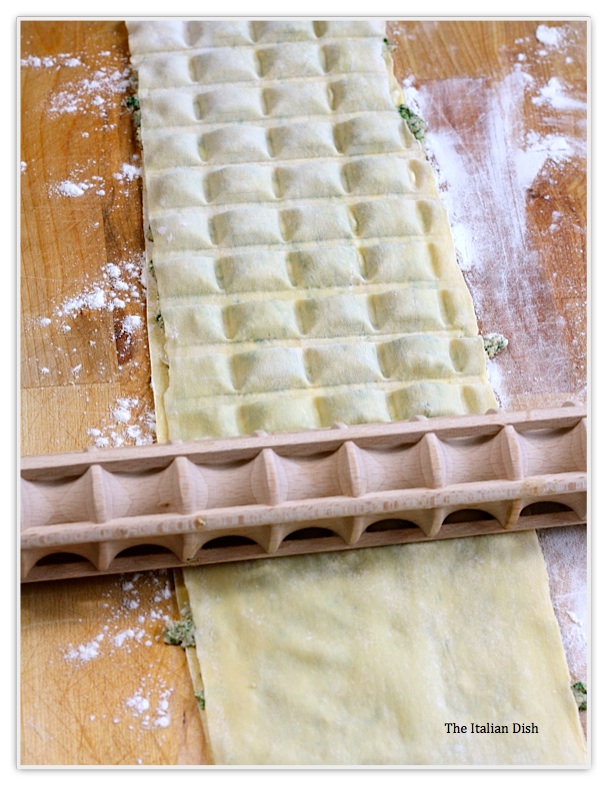
When The Daring Kitchen asked me to review “The Lost Ravioli Recipes of Hoboken” by Laura Schenone, I was excited because I had seen the book before and I have quite an interest in making ravioli. This particular ravioli is made with a special rolling pin that has a checkerboard pattern which makes ravioli very quickly. It's a fun method to try and I think if you are a beginner to ravioli, it is an especially easy method.
Laura Schenone is a food writer living in Hoboken, New Jersey who becomes a little obsessed in her search for the origins of the family ravioli recipe. The ravioli was originally made by her Italian great grandmother, Adalgiza, who immigrated to New Jersey from Italy. Her quest for this recipe leads her to long lost cousins and aunts across the country who finally send her the original ravioli recipe.
When she receives the original recipe, however, it contains a surprising ingredient – Philadelphia Cream Cheese. Laura is stumped by this – why on earth would her Italian ancestor make her ravioli with this very American ingredient? The recipe also contains ground veal and ground pork, but they are left raw in the assembly of the ravioli. She had never heard of leaving the meat raw in ravioli. She even consults Marcella Hazan and Giuliano Bugialli for answers. They are just as mystified. Her curiosity consumes her and in her search for the answers, she travels to Liguria, from where her great grandparents immigrated and learns ravioli making from all sorts of people. She realizes the absurdity of her quest to find the authentic recipe when she finds herself interviewing Sergio Rossi, director of the Genoa chapter of the organization devoted to conserving the culture and foods of the Mediterranean. He is a little confused about her search for such an authentic recipe and tells her, “There is no one taste,” he says. “Each village has its own way. Each family has its own way. Things vary even within a family. I can share with you my tradition, but not the tradition.” And there lies the great lesson of the book – there is no one way to make something.
I made the family’s traditional cream cheese ravioli recipe. I was anxious to know what the cream cheese would be like in the filling. This recipe calls for the raw meat, of course, but I couldn’t bring myself to do that so I did cook it and then put it through my meat grinder so it would be very fine, which is important when making a filling for ravioli. Otherwise, I made the recipe exactly from the book and it was delicious. I loved the tanginess of the cream cheese. I also liked using the checkered rolling pin because I believe you can make ravioli faster this way and my husband liked the fact that there were no “borders” around the individual raviolo and so the ravioli were mostly stuffing.
The meats need to be ground fairly fine for ravioli. I used my KitchenAid meat grinder attachment. If you don't have one, you can use your food processor.
If you would like to read the full review I wrote of the book, please go to The Daring Kitchen.
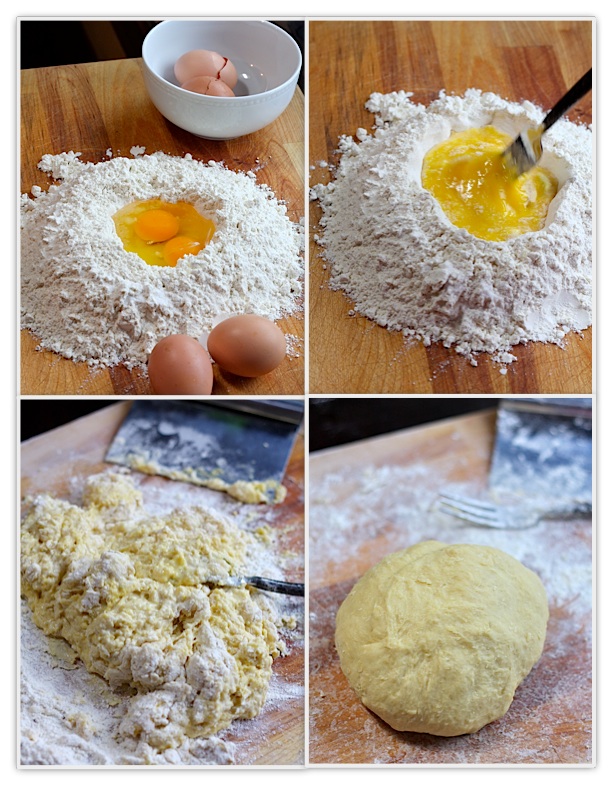
Adalgiza and Tessie's Ravioli
adapted from The Lost Ravioli Recipes of Hoboken
for a printable recipe, click here
Makes 250-300 ravioli. (I cut the recipe in half when I made it and had over 100 ravioli)
The recipe is printed exactly as it was in her original recipe. The notes in parentheses is just how I changed it a little when I made it.
Ingredients:
For the pasta:
- 5 cups of flour
- 3 teaspoons of salt
- 2 eggs (I doubled the amount of eggs)
- 1-1/2 cups water, approximately (start slow and use judgment)
For the Filling:
- 8 ounces cream cheese, room temperature
- 1 or 2 boxes frozen chopped spinach, thawed, cooked, and all water squeezed out (I used fresh spinach, about 10 ounces, steamed, water squeezed out and then finely chopped)
- 1 pound veal, ground finely
- 1 pound pork, ground finely
- salt and pepper
- dash freshly grated nutmeg, to taste
- 2 teaspoons fresh marjoram, finely minced, or 1 teaspoon dry (optional)
- 1 cup Parmigiano-Reggiano
- 3 eggs
Instructions:
Make your pasta dough, wrap in floured plastic, and let it rest.
Brown the meats in a fry pan. Let cool. Run the meat through a grinder (or food processor), so it is very fine.
In a large bowl, cream the cheese with an electric mixer until it is soft. Add the spinach, meats and seasonings. Mix well with a wooden spoon to combine. Add the cheese and eggs.
Roll out the dough very thin (on my rollers, I do not go past #5 for ravioli - otherwise the ravioli can break).
When you have two sheets of dough (or one very long sheet, cut in half) lay one sheet on your workspace, spread some of the filling thinly on the pasta, leaving a half inch border. Lay the other sheet on top. Roll firmly with the checkered pin. Cut the ravioli apart with a fluted pastry wheel.
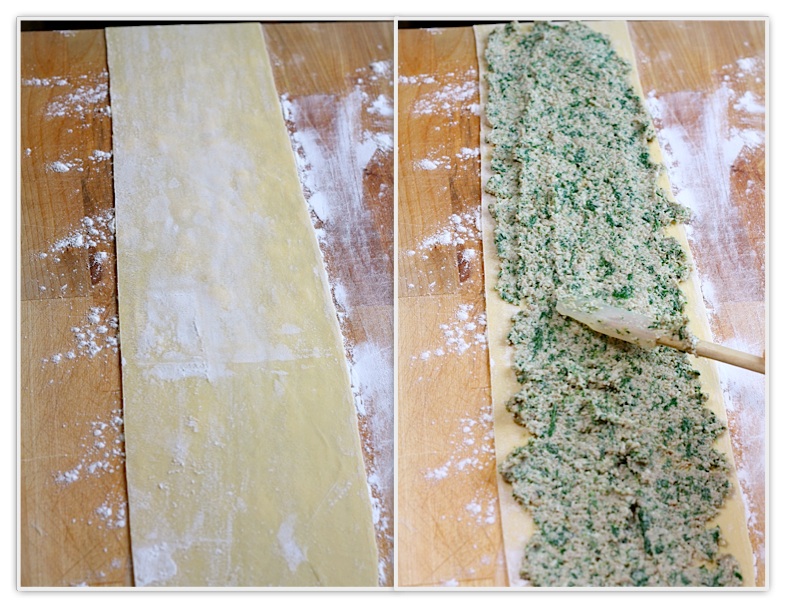
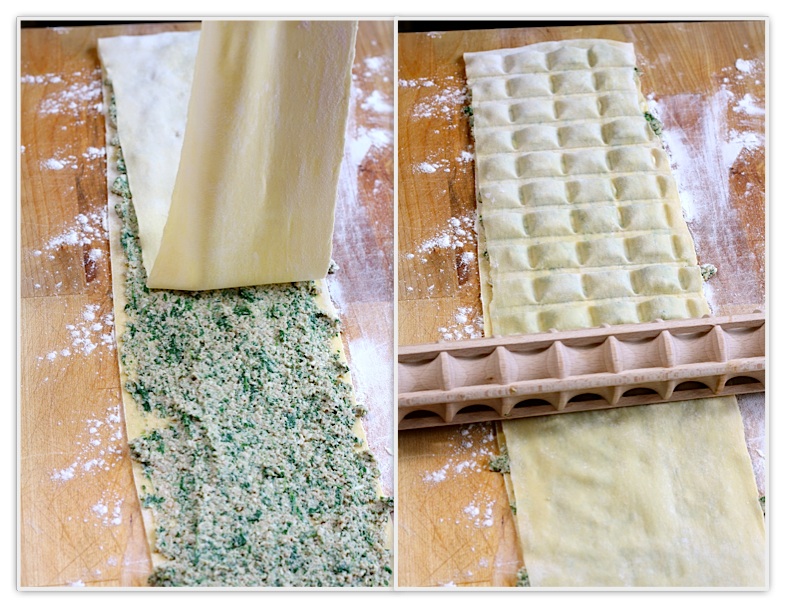
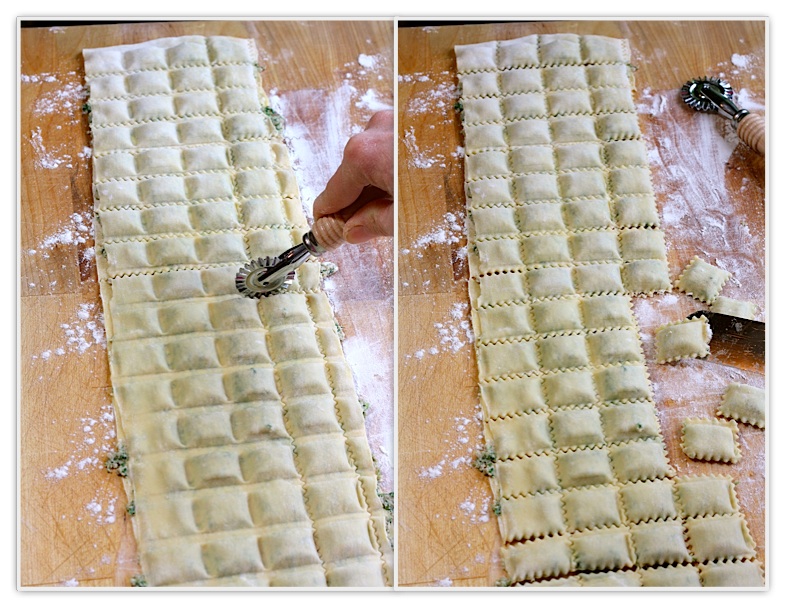
Place the ravioli on a floured sheet pan. (If you want to freeze these, pop the pan into the freezer and place the frozen ravioli in ziplock bags. No need to thaw when you cook them). If you are not cooking the ravioli within an hour, place them in the refrigerator.
Continue to make the ravioli until all your filling is used.
Cook in a large pot of salted water for about 2-3 minutes. Don't let the ravioli boil too vigorously or they may break apart. Remove with a slotted spoon and serve with a little marinara sauce.
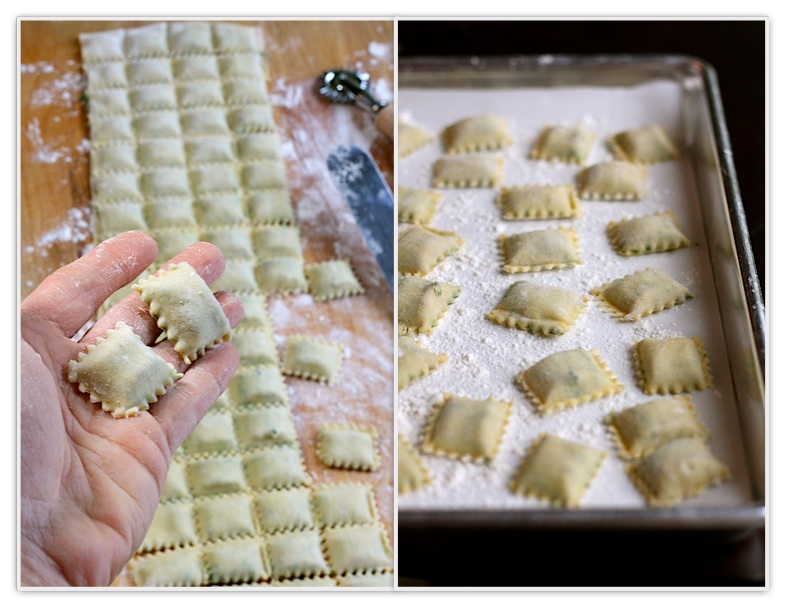

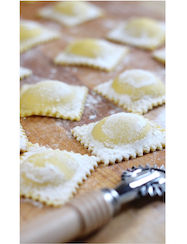
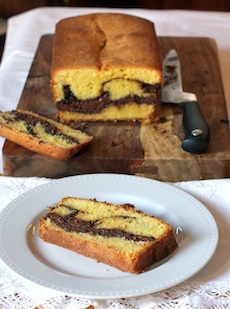
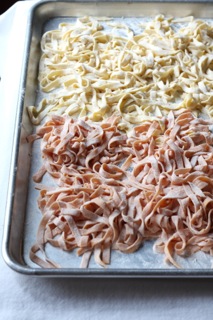
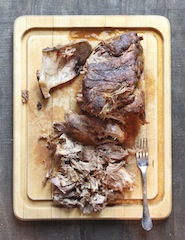


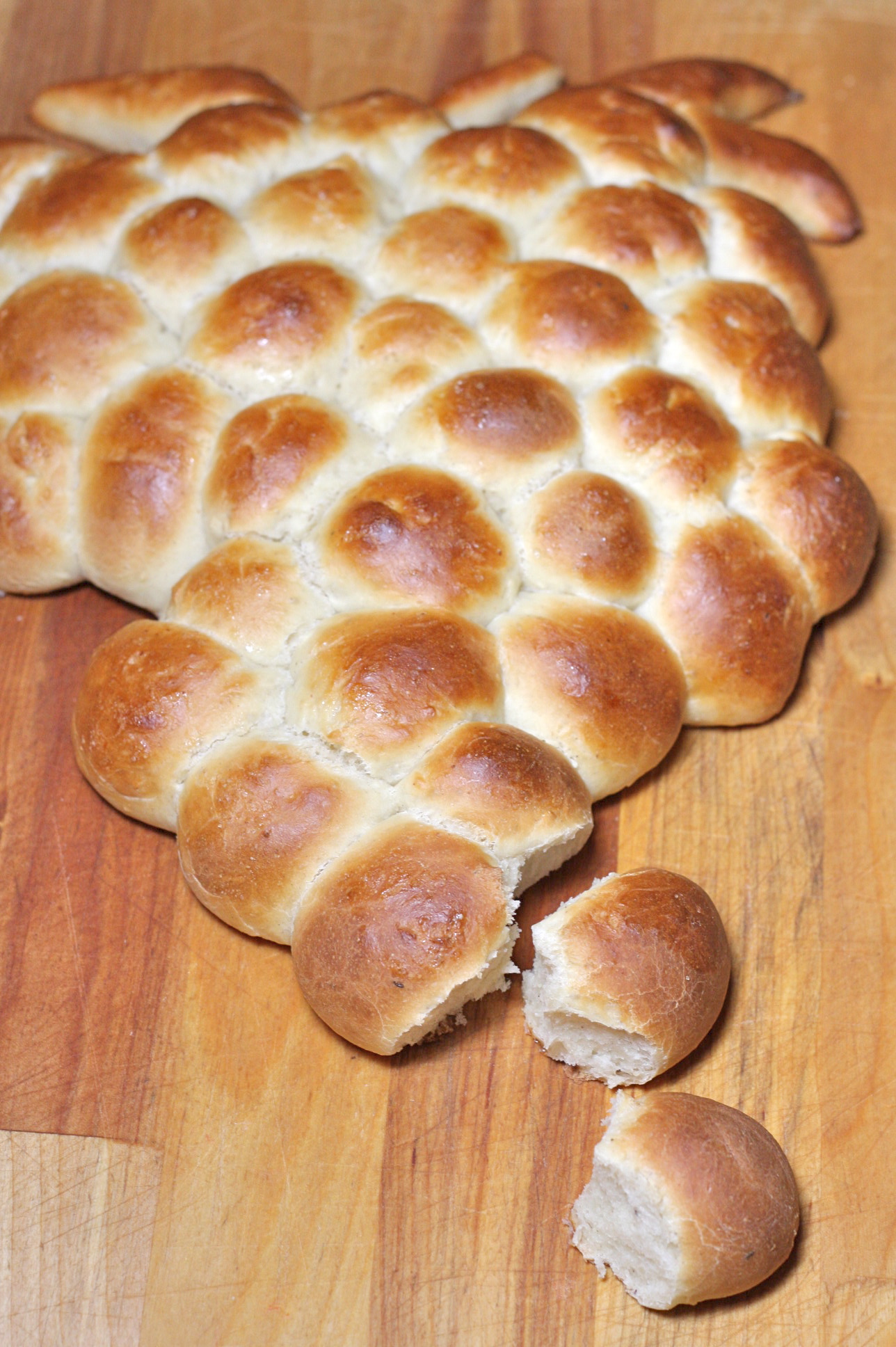

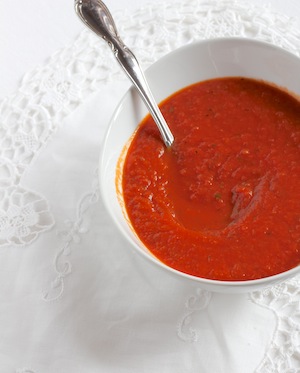

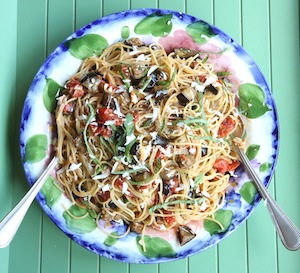
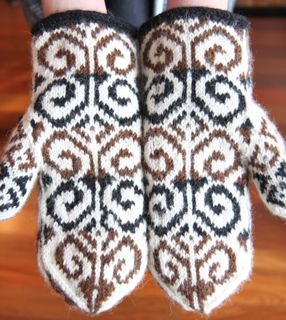
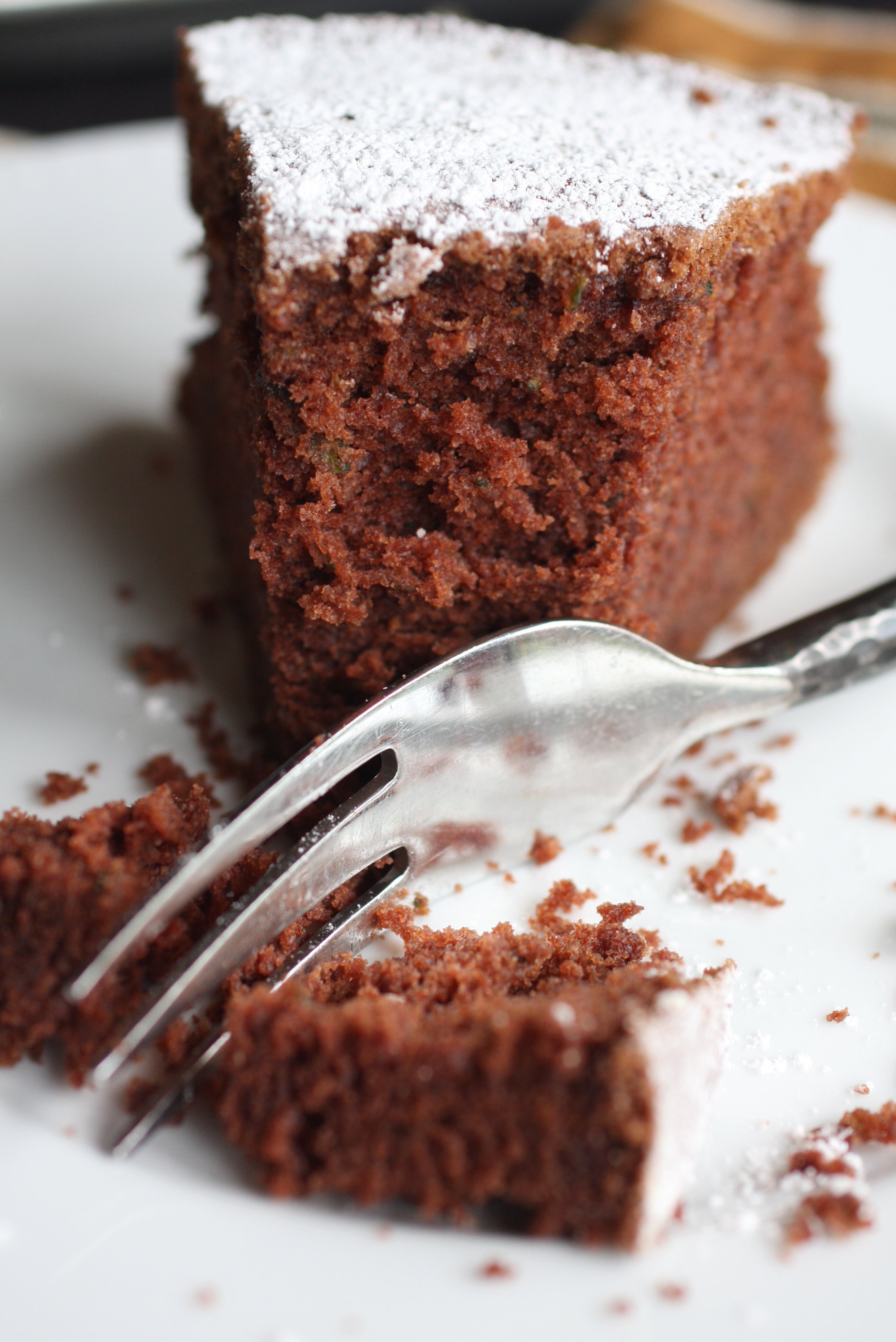




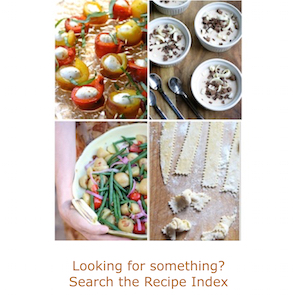
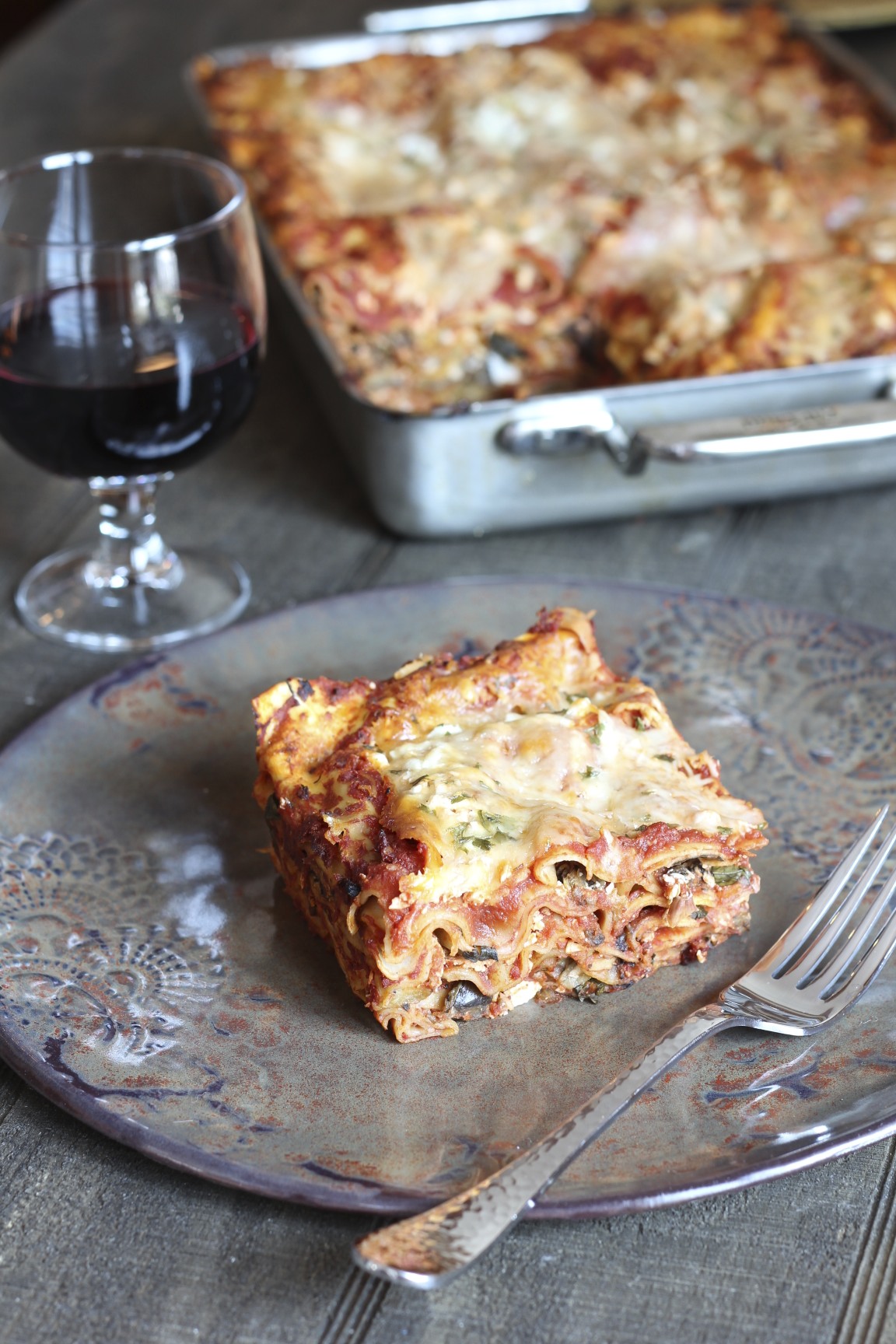
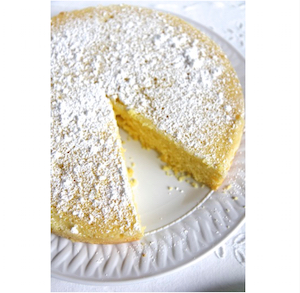
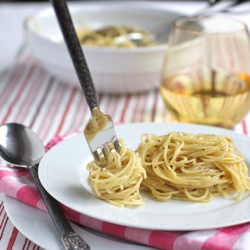
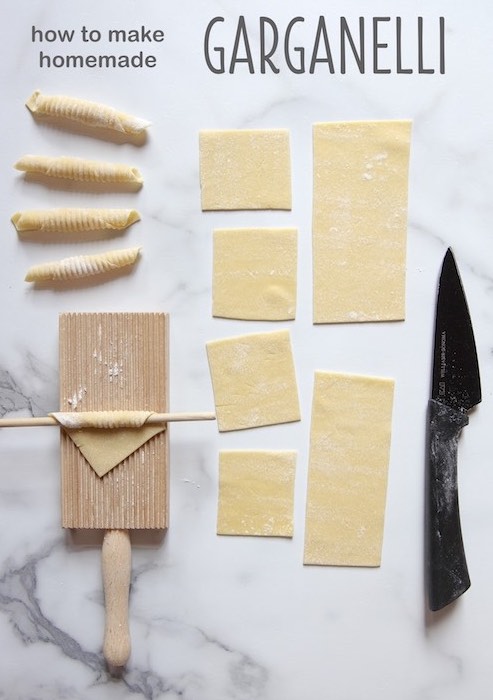
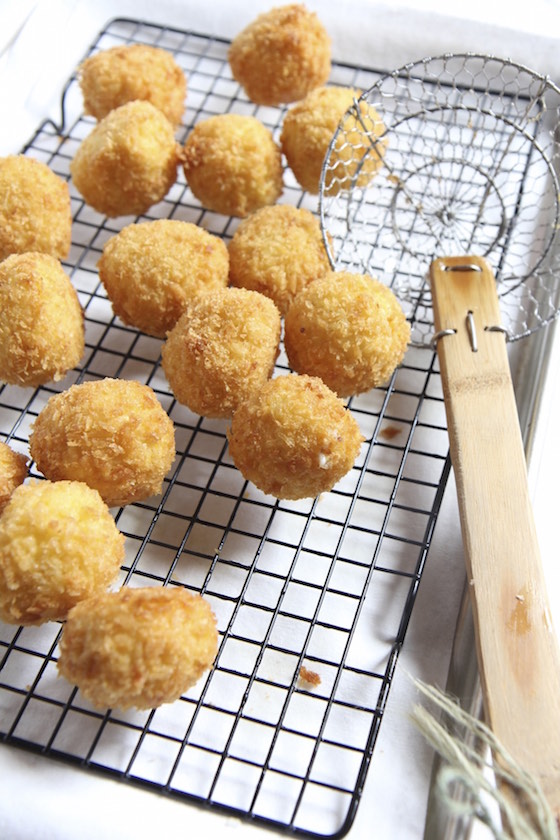



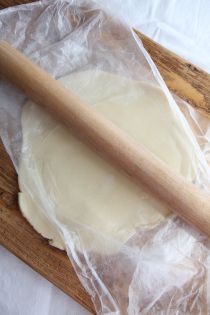












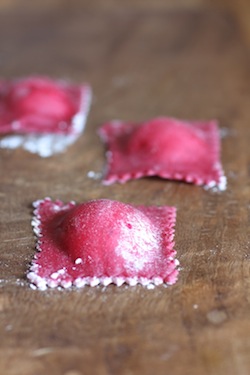
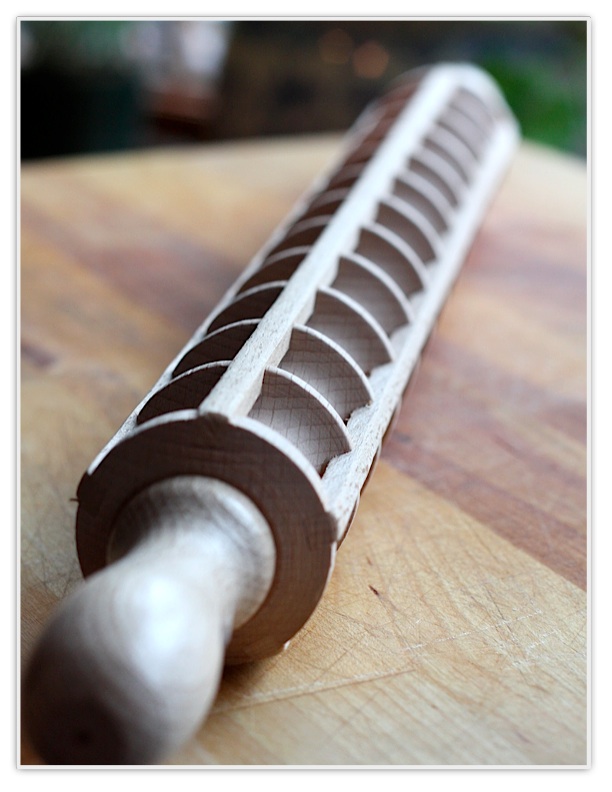

Reader Comments (60)
I am about to try my first batch of Ravioli, but have never tried spinach in ravioli, what could you put in place of Spinach. Our Sicilian heritage only makes the meats, cheese, egg, combination.
I inherited two of those rolling pins, the larger one is about 36" long! My mom had a special board for her ravioli that was 30"x48" and she'd roll out these humungous sheets of pasta dough to nearly that size. (she had an extra long standard rolling pin for that) The cross pieces on her ravioli pin were more like 3/8" wide so there was a bigger divider between the individual raviolis.
Her trick was to roll out both sheets, then leave one on the board, roll the ravioli pin over it to make indentations marking out the squares. She'd use a piping bag kind of arrangement and fill in the squares, then top with the other sheet and roll them together. A bit more work, but she never had any fall apart in the cooking. She did as "Richard Montecucco, part-time cook" mentioned, storing them in layers with waxed paper in between and freezing them. Boy, do I miss those ravioli.
Oh, and she also used raw meat -- hers were beef, spinach, onion, garlic, oregano, basil and pecorino. She learned to cook from an Italian woman who was originally from Florence, so everything had spinach -- the ravioli, the lasagna, and the cannelloni. It wasn't until I was an adult that I discovered not everyone did it that way. ;)
I'm really enjoying your blog. So many good recipes and techniques. Thanks!
Remember if you use the pasta machine it is a lot less labor intensive and it makes the pasta covering a lot thiner,which a lot of people prefer. But you can only make them four wide since that is the width of the pasta machine. If you roll the pasta thin by hand, it must be thin enough to almost see thru the pasta sheets. If your counter has a design on it you should be able to see the design thru the pasta sheet. Most people roll the sheet too thick and it ruins the taste since it overcomes the filling. You can tell if you rolled it thin enough if they wrinkle up when cooked, no wrinkles too thick. Good luck. Rich
Your dough recipe (4 eggs) is perfect!
I am the only Nana left in my Italian family. I remember my Nana rolling out her ravi dough into huge circles, stretchy dough, as she rolled, the dough wrapped around her rolling dowel, she lifted it in the air, and slapped it down onto the flour dusted table, until it was thin and "just right" I'm doing good to roll it out with a rolling pin and make small batches at a time, but, I can never get it rolled to one long strip.
I tried a KitchenAid pasta dough roller this year, and the batches are even smaller, so, after the first attempt, reverted to everything homemade, 300 ravioli are in the freezer now, in baggies.
Ashamed to say, I am using my checkered ravi pin incorrectly all these years. It was a gift from my late Mama but she, my aunts, and my Nana never used one. They spread the filling, covered it, and cut them; hand sealed them with the tines of a fork, 4 working on "ravi making day" at Nana's house. I have been rolling the dough out thinly then "marking it" with the checkered rolling pin; adding filling to center of marked ravi square, covering it, sealing and cutting with my ravi cutter like yours, but sealing again with tines of a fork. Next year, I will try it your way and make a bigger batch of dough and maybe I can find a better pasta dough roller....any suggestions?
Our filling is roasted chicken and beef roast, ground; cooked spinach, ground; parslet, garlic, and we add a bit of our homemade marinara sauce, which is also prepared in large batch and frozen for Christmas, to moisten and bind the filling.
I am 71 yrs. Last year, I ached for a month after all of the work. Today, I got the job done swiftly and tonight, am feeling no pain. But, I would like to know of an easier, more efficient rolling method other than by hand or by that tiny pasta dough attatchment I tried today.
Every Italian family in San Antonio, Texas, makes and eats homemade ravioli for Christmas, only once a year; it's tradition. Our recipe comes from Southern Italy, Reggio Calabria, as most of us hail from there. It's true, every family's recipe is slightly different, but, basically, the same. There is something "special" about the taste of the ravioli and the sauce, one makes the other taste better, definitely like Christmas.
Buono Natale!
My husband and I love homemade pasta. We tried this recipe with the checkered pin tonight, it was excellent. No sticking problem, no sealing problem. We will try a bigger batch next time.
Thanks .Very good . http://www.pezeshkanjahan.com
This is a beautiful web site. So much valuable information here. Thank you for putting on.
Thank you for posting this recipe!
I used this recipe as a guide since they were similar to my mom's. This was probably the only recipe I hesitated to ever make. Made about 300 and all devoured. My mom often made them at my request for a birthday dinner.
I roll my pasta by hand and this worked fine.
I boiled in small batches and did not allow to get to a rolling boil .
I did not use the cream cheese or egg in the mixture but may try it next time. I did use plenty of parmesan. I also used fresh spinach and froze it. Added it to the meat just at the end of cooking.
I need one of those pins. As far as raw meat i feel its the only way to go. We use our meatball recipe for stuffing. In asian dumplings you will find they also use raw meat for the fillings. Dont be scared of the raw ground meat fillings.